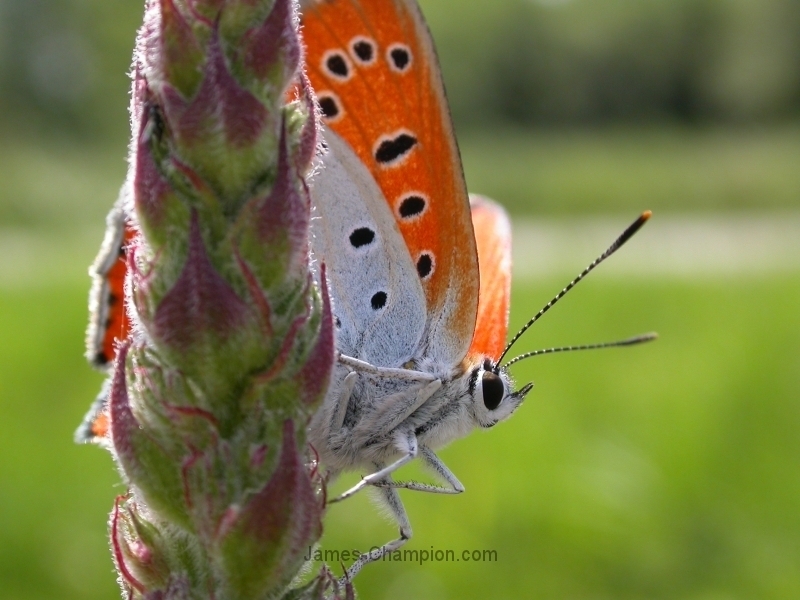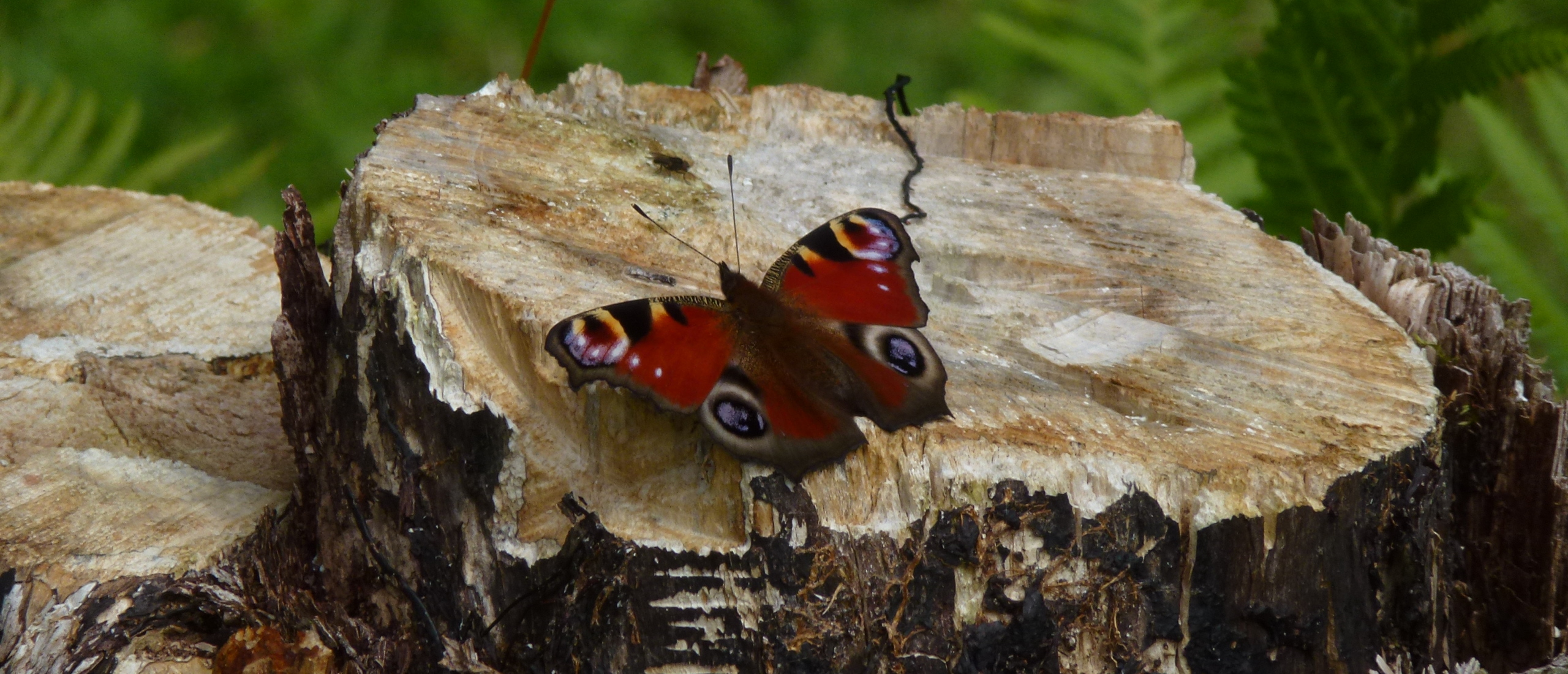
Grote Vuurvlinder...the great fire butterfly...or Large Copper in English Continuing with my eccentric plan of adding the butterfly species that I did NOT see within my regular hunting grounds last year to the 77 that I did manage to find, and having "added" Large Tortoiseshell, Mallow Skipper, Woodland Ringlet and Green-underside Blue, the next species, chronologically speaking, is the magnificent Large Copper, Lycaena dispar.
This butterfly has an almost mythical significance for British butterfly enthusiasts. Originally distributed through the fenlands of East Anglia and around The Wash, as well as possibly in the Somerset Levels and in Gloucestershire, the butterfly finally fell victim to the drainage efforts of the Dutch engineers, followed by the depredations of voracious collectors, and the last true British specimen was caught in 1851, finally putting an end to the British subspecies of the Large Copper, Lycaena dispar dispar.
On the continent, the species has fared somewhat better, with the subspecies L. dispar rutilus having a disjointed distribution including the Garonne around Bordeaux (where I have seen it), north-eastern France (where I have had outstanding encounters with it in both Lorraine and Alsace), and then across eastern Europe (including the Hortobágy, in Hungary, where I saw it in considerable numbers).


The above two pictures were taken in the Hortobágy national park, Hungary, in July 2010
This subspecies is considerably smaller than the original British dispar, and differs from it also in having two generations per year, where the British subspecies had only one, from mid-July to mid-August.



These three splendid Large Coppers were photographed in NE France in May 2005.
The third subspecies, and an almost identical one to the original British Large Copper, is Lycaena dispar batavus, which is restricted to one large mosaic of marshland habitats in the provinces of Overijssel and Friesland, in the Netherlands, and which also has only one generation per year. Subspecies batavus was first described in 1920 by my great grandfather G C Champion's close friend Charles Oberthür, a renowned French entomologist from Rennes.

A Dutch Large Copper, photographed in De Wieden in July 2006.
During my 2013 butterfly-watching, I had neither the chance to visit Lorraine between late-May and mid-July nor between mid-August and mid-September to look for ssp rutilus, nor did I have an opportunity to visit the last stronghold of the single-brooded Dutch ssp batavus between mid-July and late August (when I am usually at home in Scotland). Even if one does manage to reach the national park of De Wieden - De Weerribben in optimal weather conditions within the flight season, there is no guarantee of finding the butterfly in this extensive area of marshland, lakes and reedbeds. The males hold large territories and occur at very low densities, so finding them is hard. However, in two previous summers I have had the privilege of approaching this elusive jewel of the marshlands, and have enjoyed unparalleled views of both males and females nectaring on waterside Purple Loosestrife flowerheads.

This final picture, of a Dutch Large Copper peeping round from behind an unopened Purple Loosestrife flower spike, is perhaps my favourite of all the butterfly photographs I have ever taken. The butterfly looks so coy!
Had I seen either of the two subspecies of Large Copper, plus the four previously mentioned absentees from my 2013 list, my total would have been: 82 species











